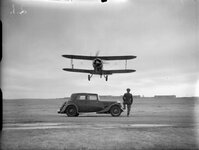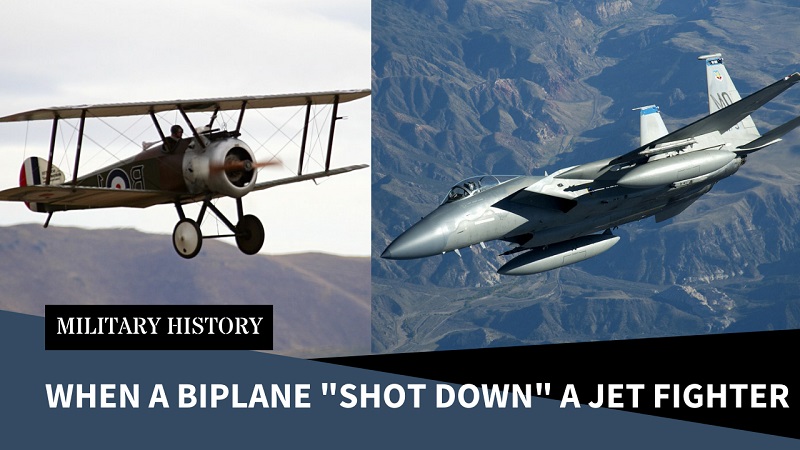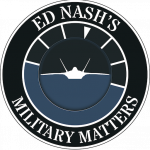30 mph is rather an overestimate. In practice, the difference reached 10-15 km/h, judging by reports on tests of I-16M-22 with retractable (Serial No.421230) and non-retractable (Serial No.4217) landing gear. The latter was even more stable in flight.The effect of the retracting landing gear was a major aspect of the close to 30mph (increase top speed from 180mph to 210mph) change.
The US technical level in the 1930s was far superior to that of the Soviets, so the reasons for "military conservatism" may differ.




